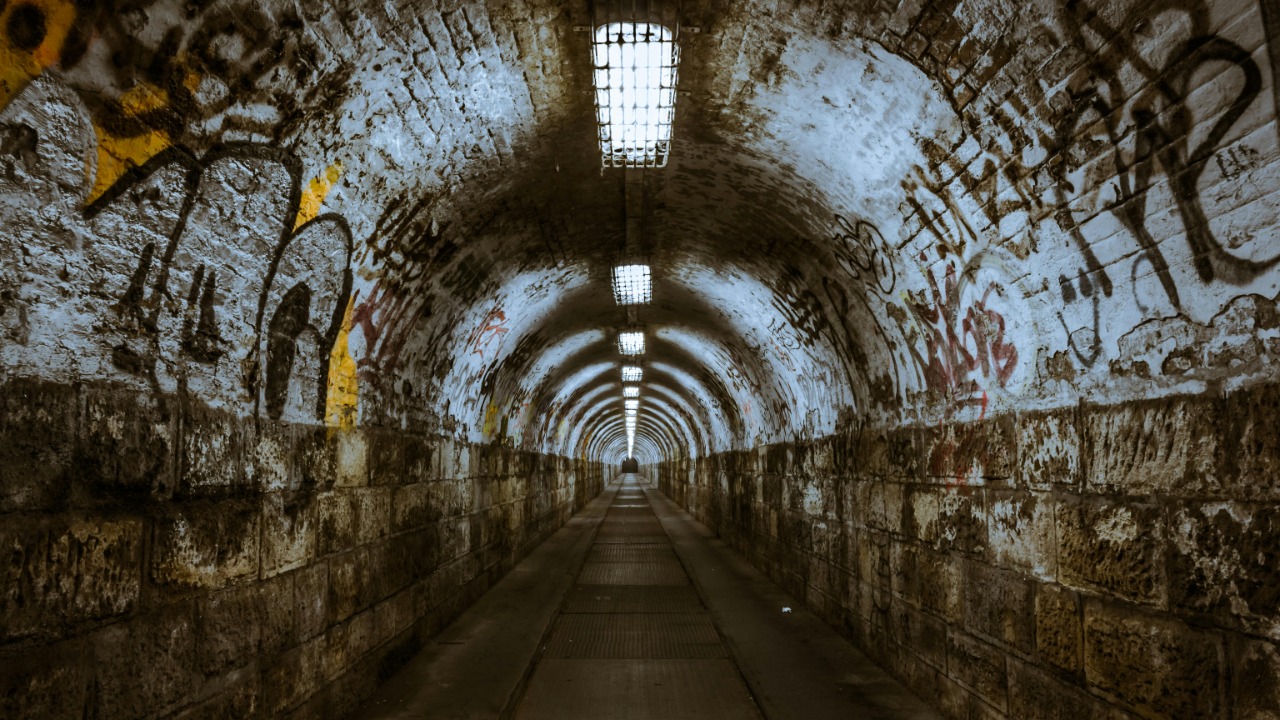
The concept of underground tunnels linking continents has fascinated engineers and explorers for centuries. With modern technological advancements and a growing need for efficient transportation, the dream of creating intercontinental and transoceanic tunnels is slowly inching towards reality. The historical context, technological innovations, and potential implications of such ambitious infrastructure projects offer a fascinating glimpse into the future of global connectivity.
The Historical Context of Underground Tunnels

The Victorian era marked a significant turning point in the realm of underground construction. One of the most notable achievements was Brunel’s tunnel in London, which was hailed as a pioneering engineering marvel. This project not only showcased the potential of tunnel construction but also inspired subsequent generations of engineers to push the boundaries of what was possible beneath the earth’s surface.
Early proposals for intercontinental tunnels date back to the 19th and early 20th centuries. Visionaries of the time imagined ambitious projects that could connect vast landmasses, though technological limitations often hindered their realization. These early ideas laid the groundwork for modern aspirations, despite being constrained by the engineering capabilities of their era.
vThe allure of underground tunnels has also been captured in literature and culture, influencing public perception and interest. From Jules Verne’s fantastical journeys to modern sci-fi tales, these narratives have played a crucial role in shaping the imagination of societies, perpetuating the dream of subterranean passageways that transcend national borders.
Technological Innovations in Tunnel Construction

Recent advancements in boring technology have transformed the feasibility of large-scale tunnel projects. The development of sophisticated tunnel boring machines (TBMs) has revolutionized the way tunnels are constructed, allowing engineers to tackle challenging projects with unprecedented precision and efficiency.
Innovations in materials science and structural engineering have further enhanced the durability and safety of tunnels. Modern materials offer superior strength and resistance, ensuring that tunnel structures can withstand the immense pressures and environmental conditions found deep underground.
Environmental and geotechnical considerations are critical when constructing tunnels across diverse geological formations. Engineers must address challenges such as water ingress, shifting soil, and seismic activity. Solutions like advanced sealing techniques and robust support systems have been developed to mitigate these risks, ensuring the stability and longevity of tunnel projects.
Economic and Strategic Implications

Intercontinental tunnels have the potential to revolutionize global trade routes, offering a more efficient alternative to traditional shipping lanes. By reducing transportation costs and transit times, these projects could significantly enhance economic connectivity between continents.
The strategic implications of such tunnels extend beyond economics. From a military perspective, they could serve as critical assets for logistical support and rapid troop movements, impacting geopolitical power dynamics. Politically, these projects might foster greater cooperation between nations, as they would require collaborative planning and execution.
However, the economic feasibility of intercontinental tunnels remains a complex issue. Funding models need to balance the enormous costs of construction with the anticipated economic benefits. Potential funding sources could include public-private partnerships, international loans, and government subsidies.
Environmental and Social Consequences

Constructing and operating intercontinental tunnels could have significant environmental impacts. Potential environmental impact assessments must consider habitat disruption, carbon emissions, and other ecological factors. Efforts to minimize these impacts are crucial to ensure that such projects align with global environmental goals.
Beyond the environmental considerations, these projects could also have profound social and cultural effects. While they might bring economic opportunities and improved connectivity, they could also disrupt local communities and cultures. Balancing these outcomes is essential to ensure that the benefits of such infrastructure are equitably distributed.
Sustainability is a critical factor in the future outlook of intercontinental tunnels. As technology continues to advance, the possibility of creating tunnels that align with sustainable development goals becomes more tangible, potentially setting new standards for large-scale infrastructure projects.
Case Studies of Successful Tunnel Projects

Europe has been at the forefront of successful tunnel projects, with the Channel Tunnel serving as a prime example. This European megaproject has significantly impacted the region’s economy and connectivity, demonstrating the potential benefits of ambitious tunnel endeavors.
Innovative tunnel projects around the world offer valuable lessons for future intercontinental tunnels. For instance, the Seikan Tunnel in Japan and the Gotthard Base Tunnel in Switzerland showcase remarkable engineering solutions and highlight the importance of meticulous planning and execution.
By synthesizing insights from these existing projects, it is possible to forecast future trends and challenges in tunnel construction. As technology and expertise continue to evolve, the dream of intercontinental tunnels may one day become a reality, reshaping the way we connect and interact with the world.